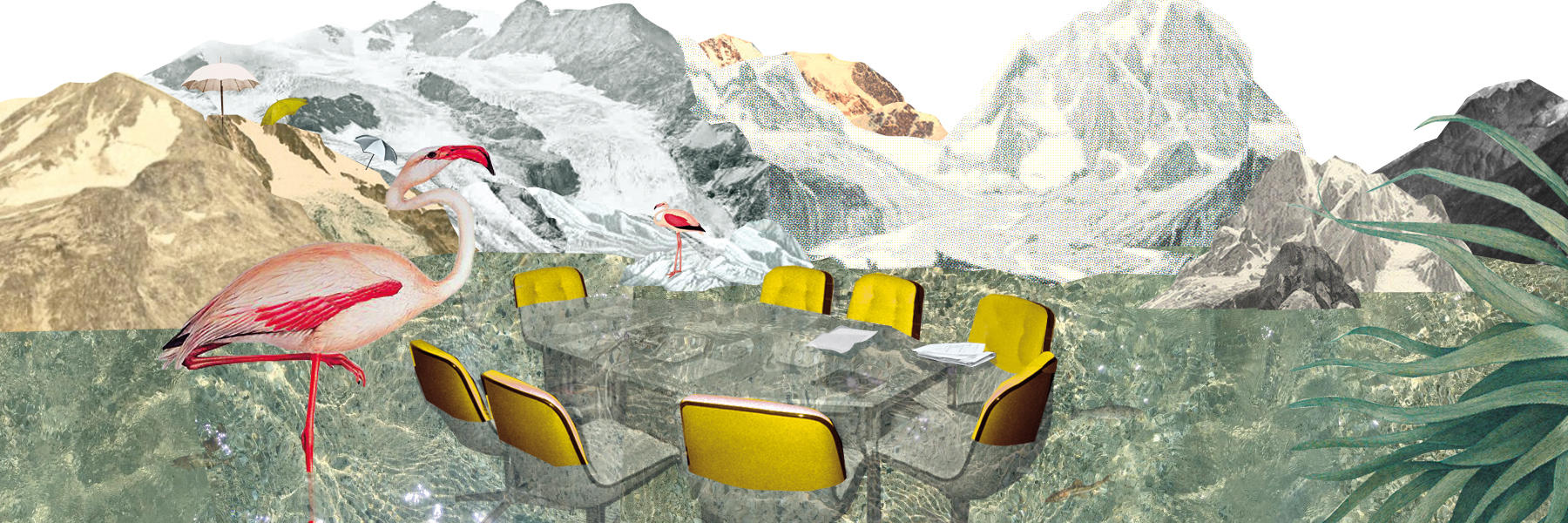
Avalanches slow glacier melting finds Swiss study

Avalanches play an important role in the survival of many glaciers. In some regions, more than one fifth of the snow covering them comes from avalanches, according to a new global analysis by Swiss researchers.
+ Get the most important news from Switzerland in your inbox
“I would never have imagined that this effect would be so pronounced on a global scale,” said Marin Kneib, researcher at the Federal Institute for Forest, Snow and Landscape (WSL), quoted in a statement on Wednesday. For the first time, researchers have estimated – for all of the more than 200,000 glaciers scattered across the planet – how much avalanches contribute to snow accumulation and thus to their mass balance, which is the difference between ice accumulation and melting.
According to the survey, published in the open-access scientific journal Nature Communications, along the Alps about 11% of glacier snow comes from avalanches; in the eastern Himalayas the share rises to 19%, and in New Zealand it even reaches 22%. In some cases, the contribution can exceed 50%, says the WSL. In northern regions and lowland areas, such as Iceland and Greenland, avalanches have almost no impact.

More
Why melting glaciers affect us all
In other regions, such as the tropical Andes, an inverse effect can be observed: here, large masses of snow quickly slide off glacier walls that are too steep, even before they can turn into ice. In this way, avalanches remove more snow than they contribute, further worsening the mass balance.
The additional snow input can help prolong the life of smaller glaciers in particular, experts say. Avalanches could thus enable them to resist the effects of climate change a little longer. However, the scientists emphasise that this is not a “salvation”, but rather a mere “slowing down” of an almost inevitable decline. “In the Alps, we will still lose more than 80% of the ice volume by 2100 compared to 2000,” says Kneib.
Translated from Italian by DeepL/jdp
We select the most relevant news for an international audience and use automatic translation tools to translate them into English. A journalist then reviews the translation for clarity and accuracy before publication.
Providing you with automatically translated news gives us the time to write more in-depth articles. The news stories we select have been written and carefully fact-checked by an external editorial team from news agencies such as Bloomberg or Keystone.
If you have any questions about how we work, write to us at english@swissinfo.ch.

In compliance with the JTI standards
More: SWI swissinfo.ch certified by the Journalism Trust Initiative





























You can find an overview of ongoing debates with our journalists here . Please join us!
If you want to start a conversation about a topic raised in this article or want to report factual errors, email us at english@swissinfo.ch.